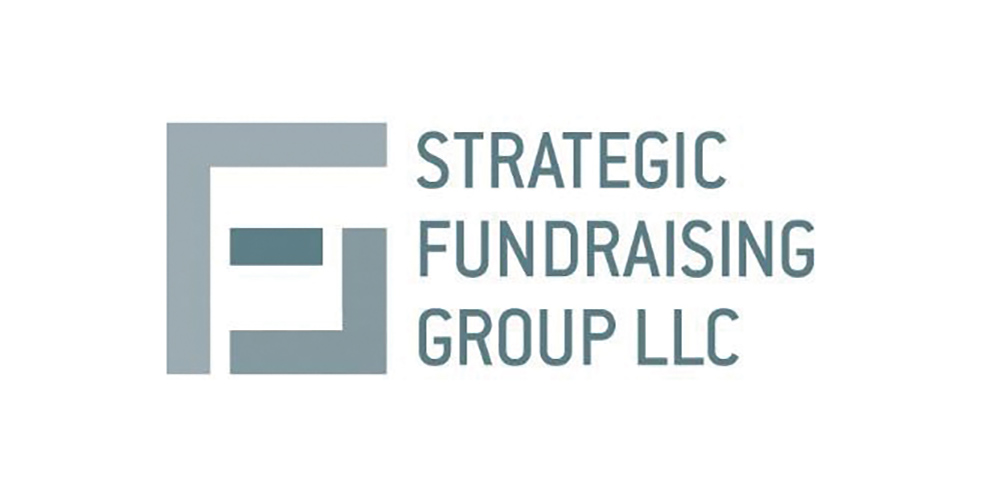
An old joke goes something like this:
Abe and Esther are flying to Australia for a two-week vacation to celebrate their 40th anniversary. Suddenly, over the public address system, the captain announces: “Ladies and Gentlemen, I have terrible news. Our engines have stopped functioning and we must attempt an emergency landing.Luckily, I see an uncharted island below us and we should be able to land on the beach. However, the chances are that we may never get rescued, and we will have to live on the island for the rest of our lives!”
Thanks to the flight crew’s skill, the plane landed safely on the island.
An hour later, Abe turns to his wife and asks, “Esther, have we paid our $5,000 PBS pledge yet?”
“No, sweetheart,” she responds.
Still shaken from the crash landing, Abe asks, “Esther, have we paid our UJA-Federation pledge yet?”
“Oh, no! I’m sorry. I forgot to send the check,” she says.
“One last thing, Esther. Did you remember to send the check for our synagogue’s Yom Kippur Appeal?” he asks.
“Oh, forgive me, Abie,” begged Esther. “I didn’t send that one either.”
Abe grabs her and gives her the biggest kiss in 40 years.
Esther pulls away and asks him, “What was that for?”
Abe answers, “They’ll find us!”
A nonprofit’s unfulfilled and uncollected pledges are nothing to laugh at. Pledges that remain unfulfilled or uncollected can cripple an organization. It is therefore incumbent on every chief executive and board of directors to aggressively oversee this critical part of fundraising. Securing the pledge is only half the battle. We must redeem them as well (just as important).
Let’s put this into perspective.
Wayne Olson is the author of four books, owner of his consulting firm and a frequent speaker at conferences and regional fundraising events. In a June 17, 2019 report for the Association of Fundraising Professionals (AFP), he wrote:
“When a pledge is made to a nonprofit, it involves three parties, and each has a stake in the outcome:
The donor
The development staff or officer
The nonprofit’s accounting department
A pledge happens when a donor works with a gift officer and promises to make a later gift to the nonprofit. When the pledge is made, the accounting department enters it in its books. Problems arise when the donor cannot or will not pay the pledge as promised.”
An AFP survey found that 62% of nonprofit respondents had uncollected pledge payment amounts of 2% or more, and 10% or more unfulfilled pledges. Quantifying this information on a macro scale throughout the United States is difficult. So, think about what this means if your nonprofit has $2 million in pledges. It could signify that $40,000 in pledges is uncollectible, and $200,000 or more is unfulfilled. More than likely, the finance department and auditors would classify almost a quarter million dollars as a bad debt reserve. Now, it takes on a heightened urgency.
Why are pledges not paid? Among the answers are:
- The contributor suffered a financial setback.
- The donor passed away.
- Supporters misunderstand the pledged amount or payment schedule.
- The nonprofit neglected collection duties.
- Conditions leading to the pledge changed (e.g., a building program being suspended).
Can nonprofits shrink unfulfilled / uncollected pledges? Included below are some specific steps to avoid typical pitfalls:
- Signing a pledge card or agreement for major gifts is recommended. Spell everything out to prevent errors and misunderstandings.
- Donors should be (delicately!) advised that they can attach signed pledge cards to a Will in probate in order to facilitate collecting balances due from estate funds.
- For everyone’s benefit, establish a payment schedule.
- Institutions should maintain ongoing communication with the donor.
- Regular and timely pledge reminders are essential.
- Monitor your pledges receivable to ensure they don’t exceed your institution’s risk benchmark.
- Assign staff to contact delinquent pledgors with the authority to make allowances when necessary. See below.*
- Organize a SWAT team. See below.**
*At one nonprofit I worked for, I assigned a professional development associate to reach out to delinquent donors. Besides being tactful, this person knew many of the people she called, presented a charming personality and was an experienced phone caller. The importance of raising funds cannot be overstated. Additionally, assigning the right person to collect unpaid pledges is a close second.
**Is it time to call in SWAT? Special Weapons and Tactics, or SWAT teams, are police tactical units that use specialized or military equipment. In fundraising, however, it’s a group of respected lay leaders who contact non-paying donors, some of whom they may have initially solicited. I once started a job and learned that there were several million dollars in outstanding debts. One person alone cannot collect a sum of this size. So I organized a SWAT team with scripts in hand to approach the task methodically. Six months later, we cut the amount owed in half. To achieve success, it only took resolve and the right team. After that, I kept a close eye on pledge balances to avoid future problems.
Teddy Roosevelt once said: “Believe you can and you are halfway there.” This was exactly our SWAT team philosophy. To avoid losing pledgers like Abe and Esther while they’re on a desert island somewhere, institutions can reduce the burden of unresolved pledges with some grit and determination.
Norman B. Gildin is the author of the popular book on nonprofit fundraising “Learn From My Experiences.” He is the President of Strategic Fundraising Group whose singular mission is to assist nonprofits to raise critical funds for their organization. His website is www.normangildin.com









